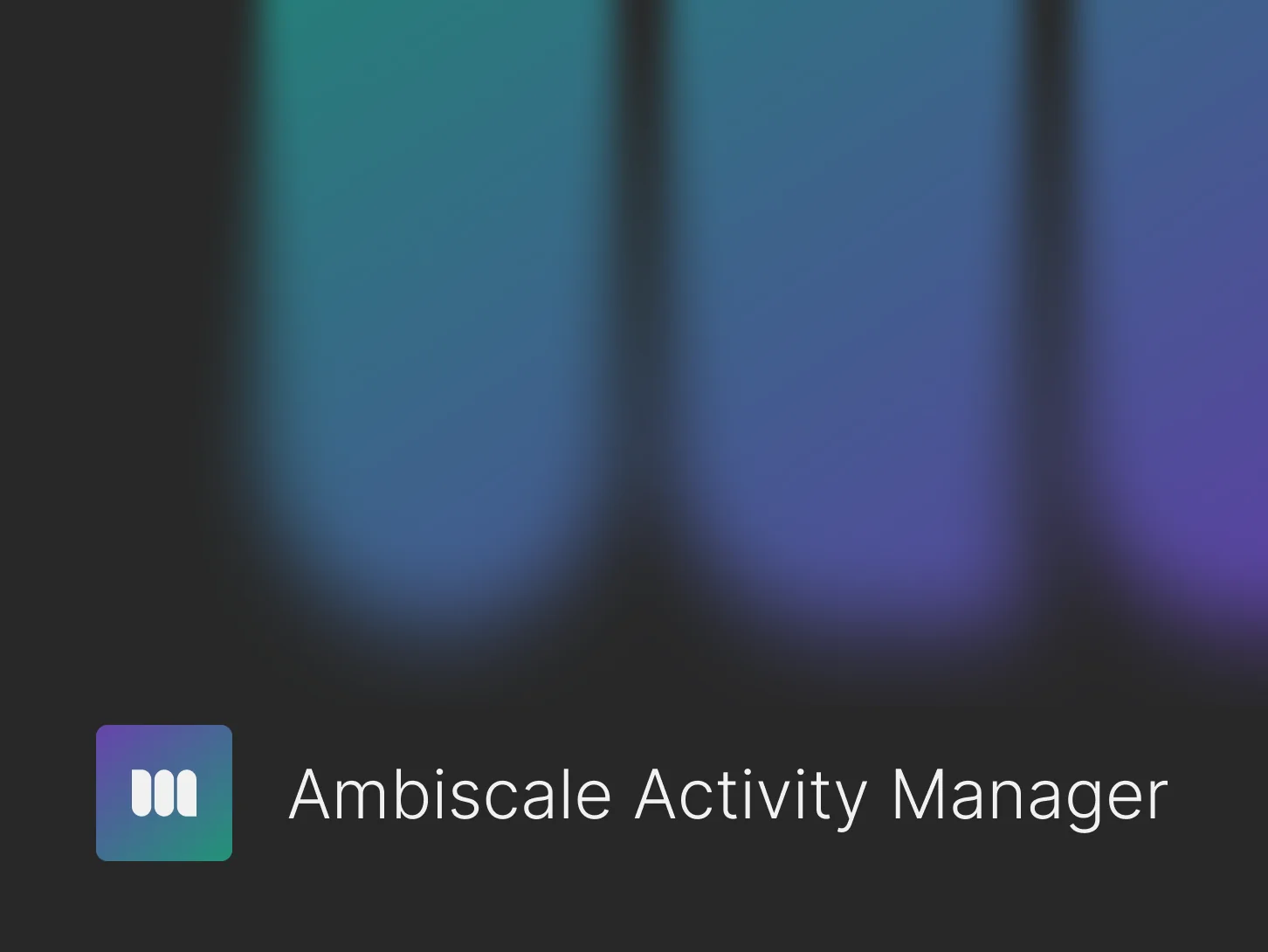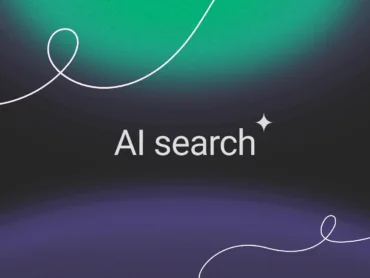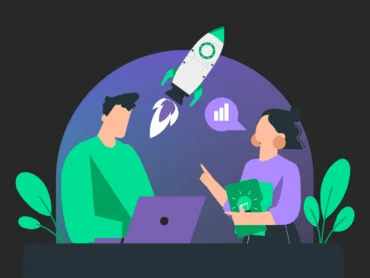Ambiscale Activity Manager: solving web development challenges in a multi-organization setup

At the beginning of each co-operation with a client, both sides are thrilled and can’t wait for the things to come. We’re after preliminary meetings. We have a well-defined scope and clear allocation of responsibilities. We’re ready to do great things together!
That’s what probably most web development companies and software houses could say about starting cooperations with their clients.
But the most important part is what happens next.
The crucial moment that sets apart a web development company or a software house from a real digital partner is the moment when “there’s a problem”.
How are they going to address that problem?
What about the scope and allocation of responsibilities now?
How quickly can they fix the issue and go back to work-as-usual?
– these are the questions you want answered right away in a crisis situation. Answers to those questions will reveal if you work with a real partner, or an average web dev company.
Multiple organizations, one team
The difference lies in the way a digital service provider perceives a client. At the beginning, we’re always one team, even though we come from different organizations, different backgrounds, and sometimes different countries.
The key is to stay on the same team when there’s an issue to address, or a hurdle to overcome.
And that’s difficult.
Let’s take a real-life example
Working on a website in WordPress with a client’s team:
We always have clearly defined roles in CMS management – who is responsible for what, and who has the permissions to make specific changes. The strength of WordPress, though, lies in the fact that a well-prepared dashboard allows the client to operate without the need to involve a developer for every change.
Users make changes on websites – that’s the whole point managing a web service in WordPress.
And with multiple users making changes within a website, mistakes happen – it’s a natural part of the process.
When there’s an unexpected issue on the site, the most important thing is to find a solution. And to find it quickly.
And that’s the tricky part. We’ve been there.
What happened?
Why did it happen?
How to fix that?
Looking for the cause of the problem. Digging through logs manually. On and off the phone with the client. Looking for a quick solution.
We felt there must be a better way to handle this process.

There were some WordPress plugins available, but none of them offered the complete set of features we required.
We needed a comprehensive solution that would give us clear visibility into the activity history of all users within the WordPress dashboard, along with better version control for the site. In other words – we needed a full picture of what’s happening on the site available in one place, including both user actions and system-level changes. And, ideally, all of this without putting any load on the client’s site or affecting its performance.
We analyzed the tools designed to meet those needs but couldn’t find a single plugin that would address them all.
So we decided to build one.

Ambiscale Activity Manager
That’s how we called our proprietary WordPress plugin which includes:
- Tracking all user activities, including: logins, password changes, content edits, media uploads, and more.
- System event logging: which means automatically capturing system-level actions, like WP-CLI commands, plugin installations, auto-updates, and changes to site-wide settings.
- Centralized log dashboard: allowing developers to filter, search, and manage logs easily directly in the WordPress admin panel. The logs can be stored in a file or database, based on the client’s performance and backup needs.
- Automated or manual log cleanup: logs may auto-delete after 30 days, or you can clear them manually beforehand.
- Readable error logs: to never dig through raw files again or use external tools.
- Built-in support for popular plugins: to automatically capture plugin-specific activities from tools like WooCommerce, Yoast SEO, Contact Form 7, and more.
- Logging key setting changes and content management actions such as form updates or price adjustments: to help you track who made changes, what was changed, and when.
- Tracking the site health: to identify any technical issues early and prevent them from influencing UX or performance of your service.
- Filtering out repetitive or irrelevant actions: to always keep the logs clean.
Stay up to date with every change on your website.
One plugin to cover it all
To cover all that with another solution, you would probably have to install five different WordPress plugins. We put all the features into one complementary, performance-oriented solution that’s light for the website and provides all the answers we need, right when we need it.
When there’s an unexpected issue that feels like a fire to put out, we’re in this together and our common goal is to find a solution as quickly as possible.
Who will benefit from the plugin?
The plugin was born out of a real need within our own team. We’re now actively deploying it across all our clients’ websites and WooCommerce stores as part of our standard service offering.
At the same time, it’s openly available in the WordPress Plugin Directory for anyone to download and install.
Whether you run a blog, a business website, a WooCommerce store, or manage a multisite network, the plugin helps you monitor changes and maintain full control over your WordPress environment.
What’s more, it automatically detects multisite environments and handles logging for each site independently, ensuring proper data separation and network-wide functionality.
Every company that works on web design and development in a multi-organization environment on a daily basis, including:
- digital agencies,
- media companies,
- IT service providers,
will definitely benefit the most from the plugin.
It’s a solution for everyday issues we are all facing in the web development industry.

Web development in a multi-organization setup – how to make it work?
Success in web development projects involving multiple organizations doesn’t come from rigid processes alone. It comes from building trust, maintaining transparency, and staying aligned as one team – especially when there’s a challenge to overcome.
Real partnerships are tested in moments of friction. That’s why we’ve built our workflows – and tools like the Ambiscale Activity Manager – to support clear communication, shared responsibility, and fast resolution.
We believe, the key is to:
- stay collaborative and avoid blame,
- document clearly,
- be proactive,
- give everyone the visibility they need to work efficiently,
- never hide information,
- and never treat the client as a separate entity.
When everyone involved has access to the same data, context, and history – you move faster, fix issues sooner, and build better digital experiences together. That’s how we make it work.


